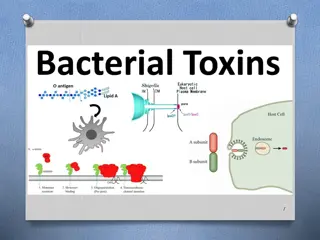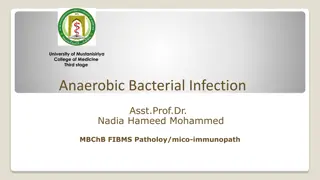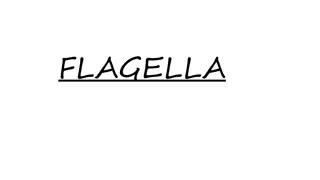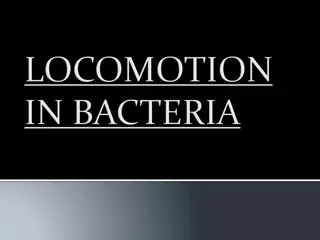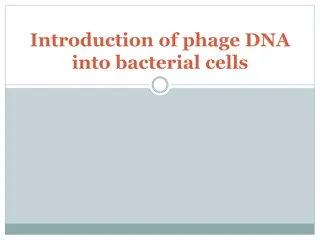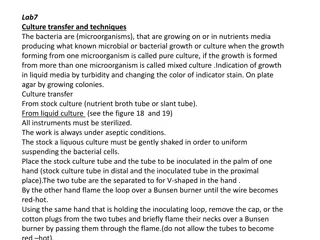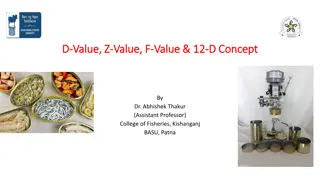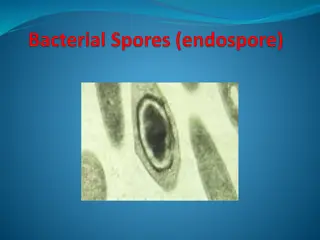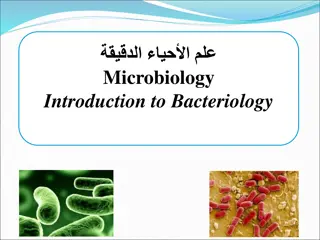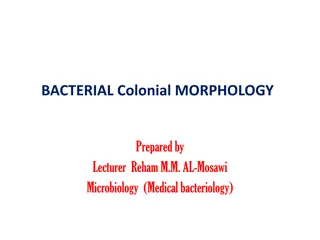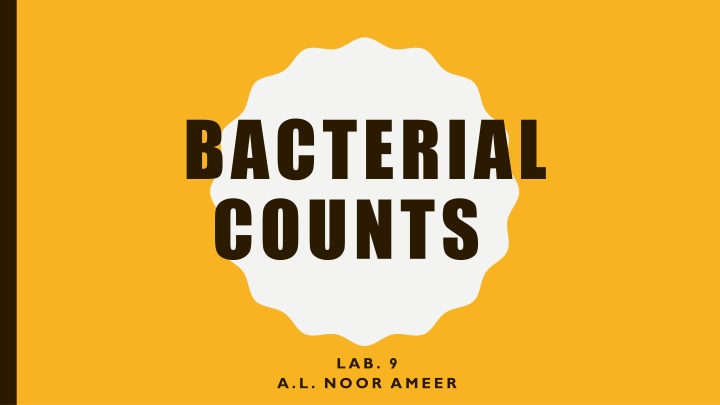
Bacterial Counting Techniques in Microbiology
Explore the importance of counting bacteria in microbial reproduction, learn about different methods such as total count, viable plate count, and types of diluents used. Discover the procedures for direct and indirect microscopic counts, viable plate counts, and understand the significance of each method in microbiology research and analysis.
Download Presentation

Please find below an Image/Link to download the presentation.
The content on the website is provided AS IS for your information and personal use only. It may not be sold, licensed, or shared on other websites without obtaining consent from the author. If you encounter any issues during the download, it is possible that the publisher has removed the file from their server.
You are allowed to download the files provided on this website for personal or commercial use, subject to the condition that they are used lawfully. All files are the property of their respective owners.
The content on the website is provided AS IS for your information and personal use only. It may not be sold, licensed, or shared on other websites without obtaining consent from the author.
E N D
Presentation Transcript
BACTERIAL COUNTS LAB. 9 A.L. NOOR AMEER
WHY WE COUNT BACTERIA ? In order to observe microbial reproduction, it's necessary to determine numbers of microorganisms, there are different methods used to count the bacteria such as: A-Total count: ( for counting living and non living cells) 1- Direct microscopic count : - Breed method - Haemocytometer ( counting chamber). 2- Indirect microscopic count: - Optical density (O.D) by spectrophotometer
B-Viable plate count: ( for counting living cell only) 1- Dilution to extinction 2- Pour plate method 3- Most probable number (MPN) 4- Spread plate method 5- Membrane filter method
A- TOTAL COUNT 1- Breed method: No. of cells/ 1ml culture = the average No. of cells in 10 fields x 5000x 100x inverse of dilution if used.
2- Haemocytometer ( counting chamber): No. of cells/ 1ml= No. of cells in 5 square x 5 x 10 x 100 x 103 x inverse of dilution if used. Or No. of cells/ 1ml= No. of cells in 4 square x 4 x 10 x 100 x 103 x inverse of dilution if used.
B-Viable plate count: 1- Dilution to extinction: Dilution= part (the transfer volume )/ all (the transfer volume + dilute volume)
THE TYPES OF LIQUIDS ARE USED AS DILUENTS 1- Saline ( Na Cl = 0.85 %). 2- Sterile distilled water. 3- Peptone water (0.1 %). 4- Nutrient broth ( N.b).
2- Pour plate method: No. of cells/ ml = No. of colonies x dilution factor. 3- Spread plate method: No. of cells/ ml = No. of colonies x dilution factor.

